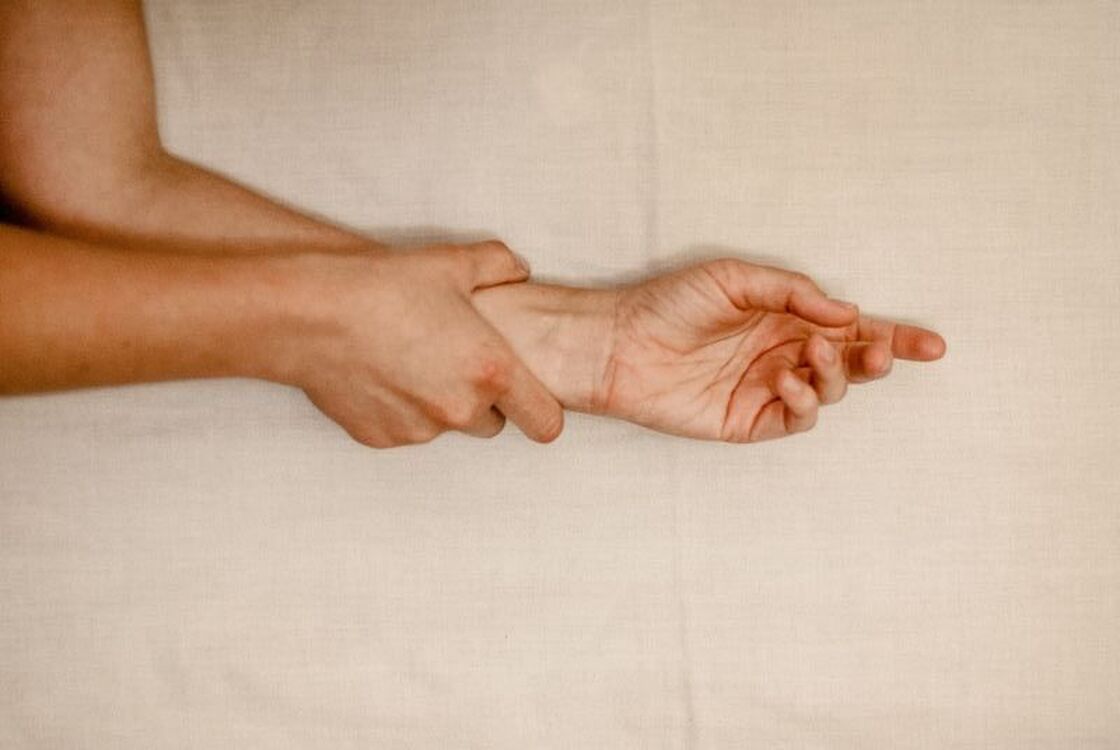Chronic Regional Pain Syndrome physiotherapy Brisbane southside.
What is Chronic Regional Pain Syndrome (CRPS)?
Chronic Regional Pain Syndrome (CRPS) is a form of chronic nociplastic pain that typically affects one limb, often following an injury, surgery, stroke, or heart attack. This pain is multifactorial and disproportionate to the initial event and is not confined to a single nerve territory, and involves pain dysregulation in the sympathetic and central nervous system. There are two types of CRPS: Type I, without any confirmed nerve damage, - it accounts for 90% of CRPS cases, and Type II, where nerve damage is present.
What Causes CRPS?
While the exact cause of CRPS isn't entirely understood, it's believed to result from dysfunction in the central or peripheral nervous systems, namely peripheral sympathetic division. It can be triggered by a fracture, crush injury, surgery, nerve lesions or stroke, however the resulting pain is more severe and lasts longer than expected for the originating injury.
How is Chronic Regional Pain Syndrome Diagnosed?
Diagnosis of CRPS can be challenging due to the absence of a specific test. It's often based on:
How can Physiotherapy Help with Chronic Regional Pain Syndrome?
Physiotherapy is a cornerstone of CRPS management:
How can Clinical Pilates Help with CRPS Rehabilitation?
Clinical Pilates offers an individualised approach that can be beneficial for CRPS patients:
What is the Prognosis for Chronic Regional Pain Syndrome?
The prognosis for CRPS varies among individuals. Early diagnosis and treatment significantly improve outcomes. While some people recover completely, others may experience long-term pain and physical changes. Persistent management, including physiotherapy and other interventions, can help improve quality of life.
Tips for Living with CRPS:
Living with Chronic Regional Pain Syndrome can be challenging, but you don't have to face it alone. Our physiotherapy team is here to provide evidence-based treatments, guidance, and support tailored to your individual needs. Call our friendly admin team on 07 3706 3407 or email [email protected] or simply book in via the link below. We look forward to hearing from you.
Chronic Regional Pain Syndrome (CRPS) is a form of chronic nociplastic pain that typically affects one limb, often following an injury, surgery, stroke, or heart attack. This pain is multifactorial and disproportionate to the initial event and is not confined to a single nerve territory, and involves pain dysregulation in the sympathetic and central nervous system. There are two types of CRPS: Type I, without any confirmed nerve damage, - it accounts for 90% of CRPS cases, and Type II, where nerve damage is present.
What Causes CRPS?
While the exact cause of CRPS isn't entirely understood, it's believed to result from dysfunction in the central or peripheral nervous systems, namely peripheral sympathetic division. It can be triggered by a fracture, crush injury, surgery, nerve lesions or stroke, however the resulting pain is more severe and lasts longer than expected for the originating injury.
How is Chronic Regional Pain Syndrome Diagnosed?
Diagnosis of CRPS can be challenging due to the absence of a specific test. It's often based on:
- Patient History: Discussing onset, nature, and progression of symptoms.
- Physical Examination: Observing signs like swelling, changes in skin temperature, or altered hair/nail growth.
- Diagnostic Tests: While there's no definitive test for CRPS, imaging like X-rays, MRIs, or bone scans can provide supportive information.
How can Physiotherapy Help with Chronic Regional Pain Syndrome?
Physiotherapy is a cornerstone of CRPS management:
- Graded Motor Imagery: Techniques involving imagining, and later performing, non-painful movements can help retrain the brain's perception of the affected limb.
- Desensitisation: Gradually introducing different textures and temperatures to reduce hypersensitivity in the affected area.
- Joint and Muscle Maintenance: Gentle exercises to prevent joint stiffness and muscle atrophy.
- Pain Management Techniques: This may include TENS, hot/cold treatments, and education on self-management techniques.
- Oedema management: compression garments, hydrotherapy, aerobic exercise.
How can Clinical Pilates Help with CRPS Rehabilitation?
Clinical Pilates offers an individualised approach that can be beneficial for CRPS patients:
- Gentle Movement: Controlled exercises help maintain joint mobility and muscle strength without exacerbating pain.
- Body Awareness: Enhancing proprioception and overall body consciousness.
- Breathing Techniques: Deep breathing can aid in pain management and relaxation.
- Tailored Programs: Recognising the unique needs of each CRPS patient, exercises are adapted accordingly.
What is the Prognosis for Chronic Regional Pain Syndrome?
The prognosis for CRPS varies among individuals. Early diagnosis and treatment significantly improve outcomes. While some people recover completely, others may experience long-term pain and physical changes. Persistent management, including physiotherapy and other interventions, can help improve quality of life.
Tips for Living with CRPS:
- Educate yourself about the condition to become an active participant in your care.
- Keep a pain diary to track triggers and effective coping strategies.
- Engage in stress-reducing activities like meditation, deep breathing exercises, or guided imagery.
- Join support groups or online communities for shared experiences and advice.
Living with Chronic Regional Pain Syndrome can be challenging, but you don't have to face it alone. Our physiotherapy team is here to provide evidence-based treatments, guidance, and support tailored to your individual needs. Call our friendly admin team on 07 3706 3407 or email [email protected] or simply book in via the link below. We look forward to hearing from you.
Who to book in with:
Yulia Khasyanova
|
Mauricio Bara
|


